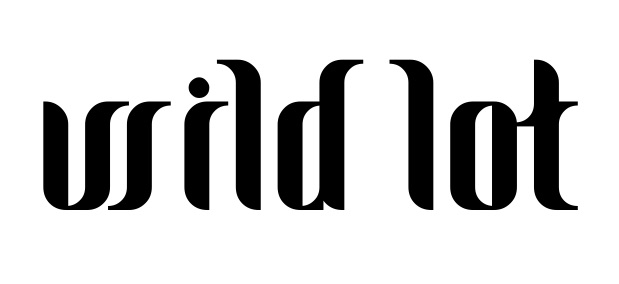Sleeping with the Lights On: The Urban Winter Crow Roost and What Happens When Nature Reaches for Us
In the sky over the rush-hour congestion on Manheim Pike, they take on the grandeur of a natural event, just beyond the range of dashboard and light pole, of golden arches and Coca Cola bottling plant. It was only after I began commuting to my present job that I took notice of this nightly gathering of murders (murder of murders? mass murder?) of American crows during the winter. Until then, I had always backgrounded the crows into the urban tapestry, with the squirrels and sparrows and gingko trees.
Each individual crow flies in an idiosyncratic manner, in its own space; some stop, either as individuals or in small groups, stubborn to leave certain tall trees. Others fly against the great current of wings, or obliquely to it. Some of the birds caw out while others fly in observant silence. Heads swiveling, they scan the landscape. But the shape of all of them together moves purposefully in one direction.
Last winter, I decided to check it out, to follow them. I got my family and we got in the car and we . . . we went to the mall?
Read more about Sleeping with the Lights On: The Urban Winter Crow Roost and What Happens When Nature Reaches for Us …





You must be logged in to post a comment.